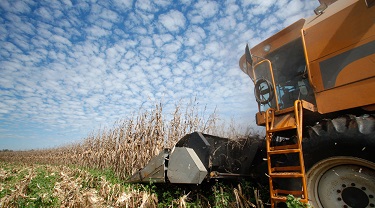Find your next client in Brazil or Argentina
High-tech agricultural equipment: a niche for Canadian firms
Tariffs to infrastructure: 3 challenges in South America
How a new trade deal will benefit Canada
5 ways to break into agribusiness in Argentina and Brazil
Want to know more? Watch our webinar
Our webinar, Hot Spot: How to Break into the Latin American Market, provides you with strategies for success through an in-depth analysis of three key Latin American markets: Brazil, Argentina and Uruguay.






